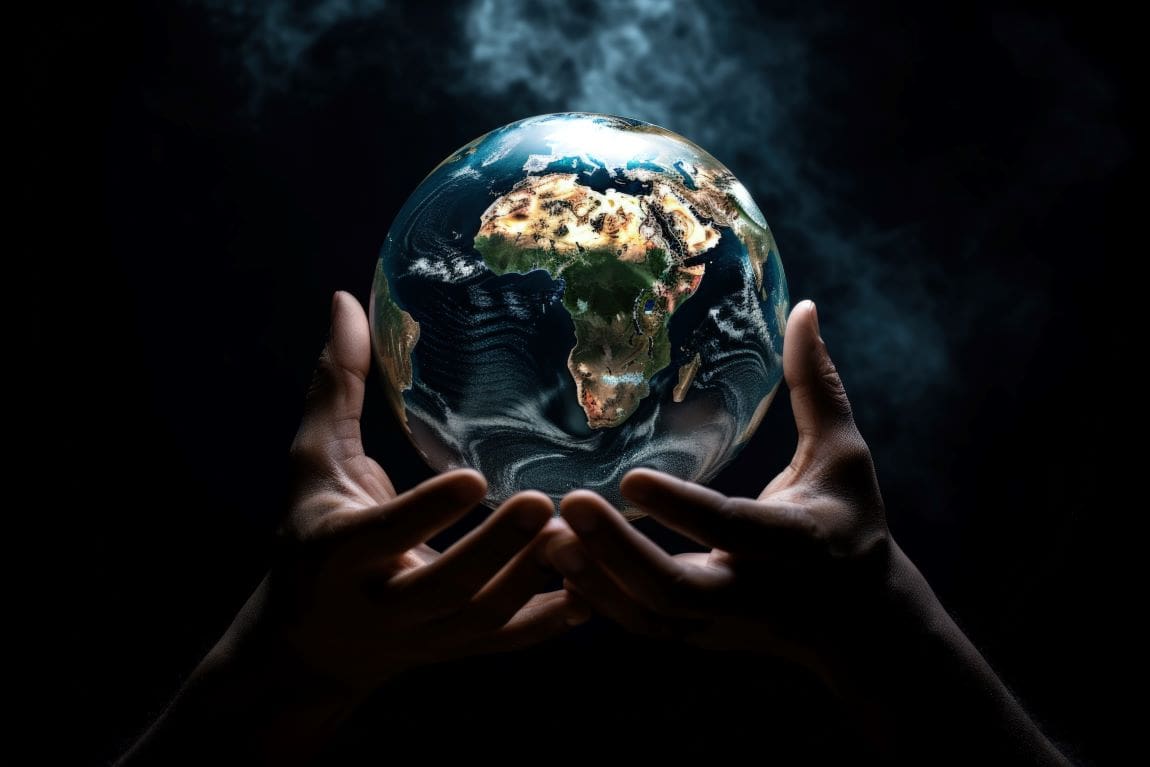The global effort to decouple economic growth from carbon emissions is advancing, but the path to net-zero by 2050 may face serious challenges.
A recent study analyzing over 1,500 subnational regions, which account for 85% of global emissions, reveals that while 30% of these regions have succeeded in reducing carbon emissions while continuing to grow economically, most are still lagging behind the pace required to meet critical climate goals.
The research, published in Proceedings of the National Academy of Sciences, highlights the importance of subnational actions in the global climate mitigation landscape. Wealthier regions and areas with historically carbon-intensive industries have made notable progress.
“Regions with high incomes and a history of carbon-intensive industries, as well as those with significant shares of service and manufacturing sectors were particularly successful in reducing carbon emissions while still experiencing economic growth,” says Anders Levermann, co-author and head of the ‘Complexity Science’ research department at the Potsdam Institute for Climate Impact Research (PIK). “A stabilization of the global mean temperature is only possible with net-zero carbon emissions. That means that if economies want to grow they need to be decoupled from CO2 emissions.”
Subnational efforts, particularly in Europe, have been a key driver of this progress. Maria Zioga, PIK scientist and lead author of the study, points out that EU cities implementing climate mitigation plans, along with regions receiving increased financial support for climate actions, have demonstrated higher decoupling rates.
“Europe consistently outperforms other parts of the world, with many of its regions showing a continuous decoupling trend over the past 20 years. In contrast, North America and Asia have seen more fluctuating decoupling patterns over the decades, but there’s been an improvement trend in the last decade,” Zioga explains.
Despite these achievements, the study underscores a critical shortfall: if current decoupling rates persist, fewer than half of the regions studied will reach net-zero emissions by 2050.
Max Kotz, co-author of the research, highlights the urgency of the situation, noting: “Developed countries appear likely to fulfil these targets ahead of others, but overall recent trends appear inadequate for achieving the net-zero by mid-century in most regions.” Kotz emphasizes the need for stronger actions from all levels of government and increased investments in energy transitions, especially in developing countries.
While previous studies often focused on national or city-level carbon decoupling, this research offers a more granular analysis at subnational levels, revealing wide disparities in decoupling rates within national borders. Countries with weaker governance tend to show higher internal variability, signaling the importance of localized climate policies.
The findings also bring to light the limitations of focusing solely on production-based emissions, as the study does not account for the emissions related to consumption or international trade. Still, it provides essential insights into how regions are navigating the challenge of balancing economic growth with climate responsibility.
The message is clear: while some regions are making progress, much of the world is still off track, and without accelerated efforts – especially from wealthier nations – the goal of net-zero by 2050 remains a distant prospect.
Journal Reference:
Maria Zioga, Maximilian Kotz, Anders Levermann, ‘Observed carbon decoupling of subnational production insufficient for net-zero goal by 2050’, Proceedings of the National Academy of Sciences 121 (45) e2411419121 (2024). DOI: 10.1073/pnas.2411419121
Article Source:
Press Release/Material by Potsdam Institute for Climate Impact Research (PIK)
Featured image credit: Freepik (AI Gen.)




